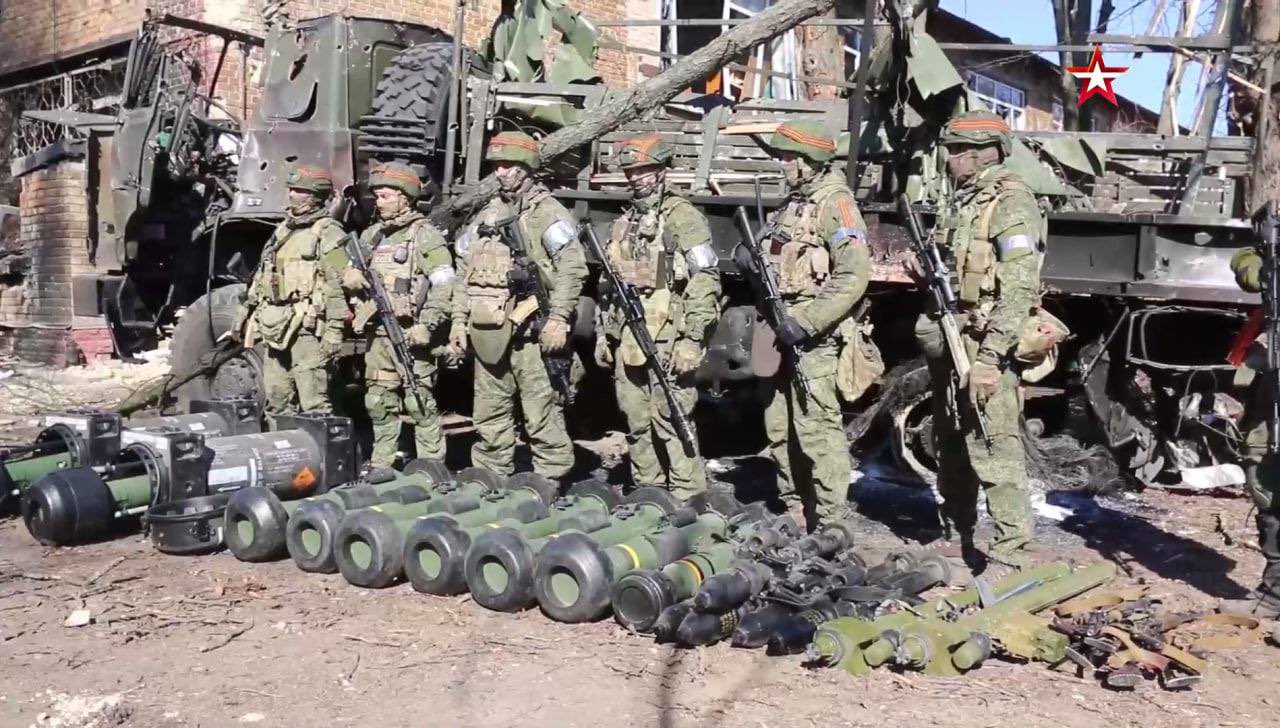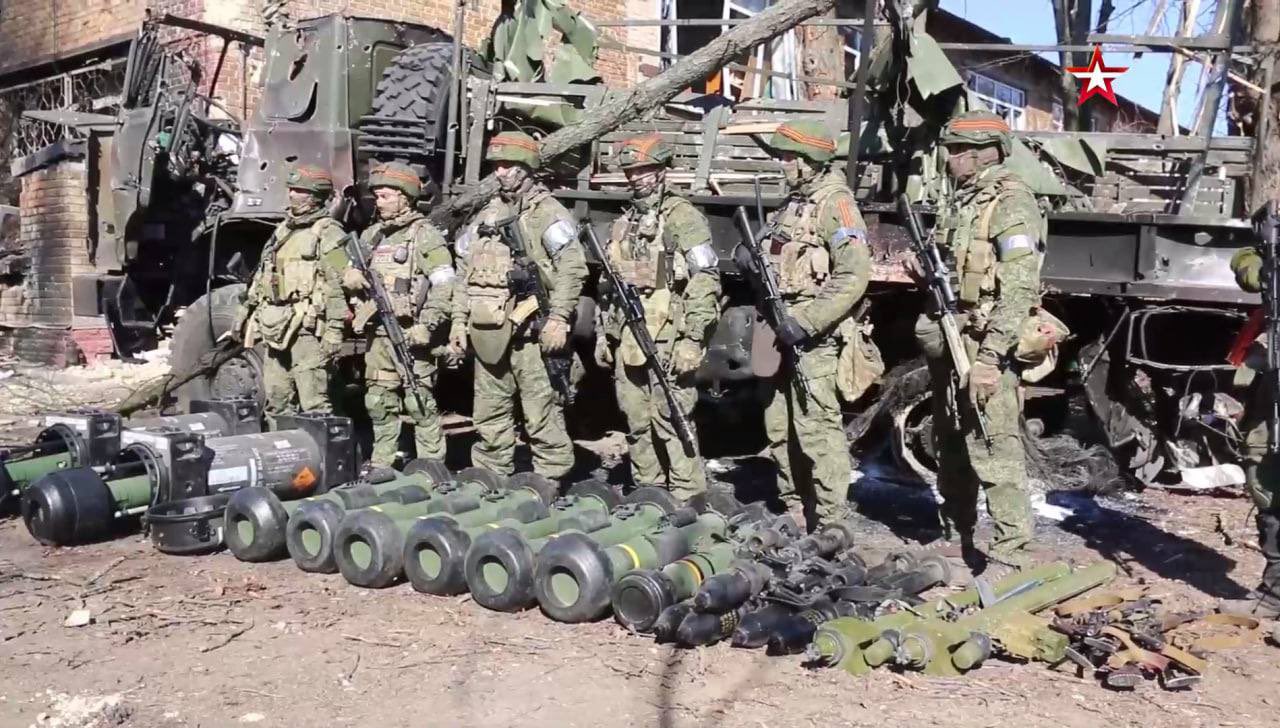Much belatedly now that there’s a seemingly endless US weapons pipeline going into Ukraine, the Pentagon is worried they might end of in the “wrong hands” and is seeking to take steps to do something about it. It now wants to track serial numbers of US weaponry on the ground as the fight for Ukraine continues.
As early as April US officials began admitting that once advanced systems like Javelin anti-tank weapons cross into Ukraine they have no idea where they go from there. There’s speculation that some percentage of Western-supplied arms will be resold on the black market, or even make there way to other conflicts outside Ukraine, such as in the Middle East.
“We have fidelity for a short time, but when it enters the fog of war, we have almost zero,” one intelligence source told CNN in a prior report. “It drops into a big black hole, and you have almost no sense of it at all after a short period of time.”
But on Thursday, the Pentagon’s Defense Security Cooperation Agency (DSCA) issued a statement urging US military leaders to send weapons inspectors into war-torn Ukraine in order to directly monitor the literal billions of dollars in arms being handed out.
This would go beyond the current set-up of the Pentagon simply taking Ukrainian officials’ “word for it” when it comes to proper distribution and usage of weapons and ammo against the Russian invading forces. After all, there have been signs the Department of Defense is tapping into America’s own vital stockpiles in order to supply the Ukrainians.
An analyst with the military commentary site Defense One describes that currently, “All US officials can do now is review receipts of the arms transfers from other locations in Europe and take Ukrainian officials’ word that the weapons are being properly used and stored.”
But DSCA deputy director Jed Royal has stated, “Over time, we would like to be able to extend our insights with greater presence on the ground.”
Royal added that in a scenario inspectors are sent in, it would not be “some kind of operational detachment or anything along those lines.” But that’s not how Moscow would see it, after vowing to target any inbound foreign weapons shipments in locates it identifies in the conflict theater. The Pentagon official said further:
‘What I’m talking about is a security cooperation office, appropriately the right size given the mission set for Ukraine, that would fall under chief of mission authority like we have in other countries,’ he said.
The Pentagon’s ‘end-use monitoring’ mission typically involves inspectors physically reviewing weapons and checking serial numbers. That is ‘just harder to do that without a robust presence on the ground,’ Royal said.
Without one, ‘we are somewhat limited in our ability to get the kind of insight that we would like to have.’
But according to a recent report in The New York Times, the CIA has had a significant ground presence since the start of the Russian invasion and even prior.
I’m starting to wonder whether the US Government’s ability to find ways to justify its posture of Endless War – and that’s what it is: endless – might have something to do with how a tiny slice of Americans (corporate and security state elites who wield huge power in DC) benefit? pic.twitter.com/kCnaorRJda
— Glenn Greenwald (@ggreenwald) July 1, 2022
Yet it goes without saying that Pentagon foreign weapons transfer programs have some degree of actual oversight, being much more in public view and officially disclosed, whereas the CIA operates in the shadows – often with its activities not being detailed till years later (the covert “Timber Sycamore” program in Syria is a prime example).
Thus the CIA has less incentive to provide oversight and accountability when it comes to US covert arms programs – and often even actively fights to prevent such oversight.
Reprinted with permission from ZeroHedge.


